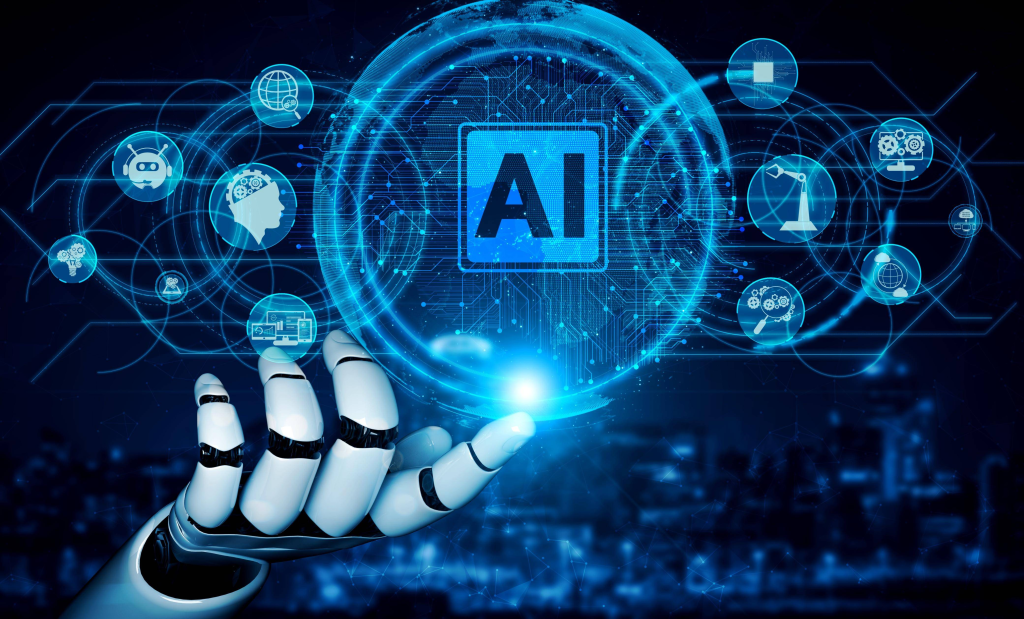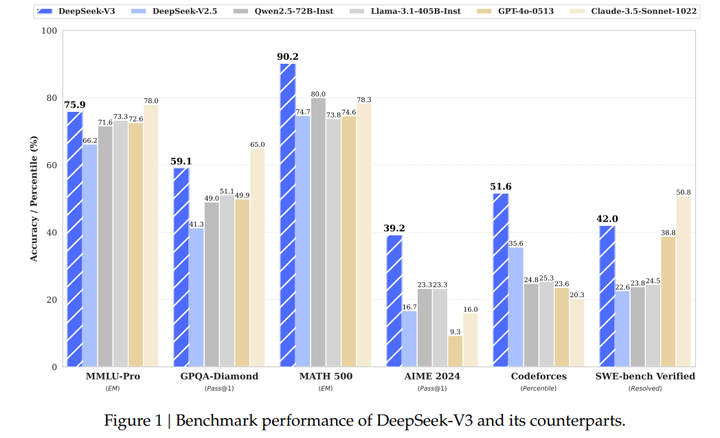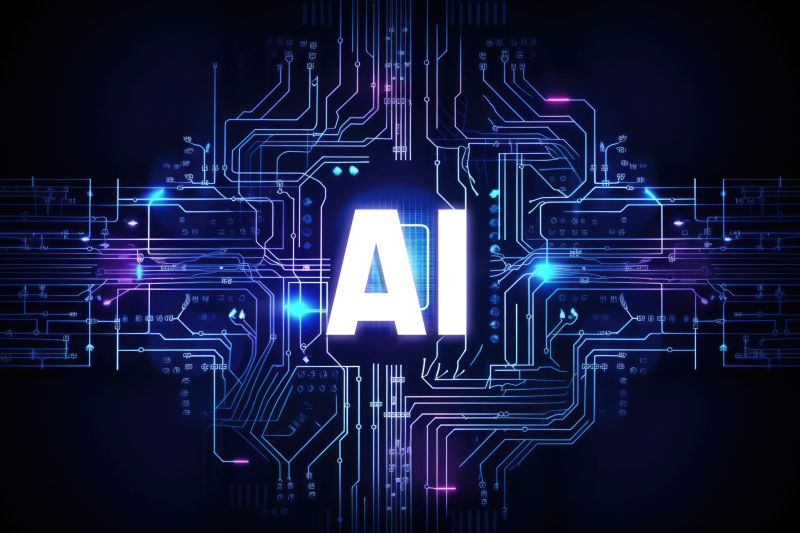As we step into 2025, the field of artificial intelligence (AI) continues to evolve at an unprecedented pace, promising groundbreaking advancements and transformative applications. Understanding the key trends in AI is crucial for businesses, researchers, and policymakers alike. This article delves into the latest developments in embodied intelligence, multimodal large models, and AI security, highlighting the potential impact and future directions of these cutting-edge technologies.

Latest Developments in Embodied Intelligence Embodied intelligence is poised to make significant strides in 2025. Technological advancements in end-to-end models and the exploration of “cerebellar” large models are expected to enhance the perception, decision-making, and control capabilities of embodied AI systems. The industry landscape is also set to undergo a transformation, with a consolidation of startups and a focus on industrial applications. The commercial prospects of embodied intelligence are promising, particularly with the potential for humanoid robots to enter mass production. These developments could revolutionize various sectors, from manufacturing to healthcare, by providing more intelligent and autonomous solutions.
Advances in Multimodal Large Models Multimodal large models are becoming increasingly integral to AI’s progress. Their ability to integrate and analyze diverse types of data—such as text, images, and audio—enables more comprehensive understanding and reasoning. In 2025, these models are expected to play a crucial role in driving scientific research forward, particularly in fields like biomedicine, materials science, and meteorology. By empowering researchers with advanced tools for data analysis and hypothesis generation, multimodal large models can accelerate discoveries and foster innovation. Looking ahead, the development of more efficient and scalable multimodal models will be a key focus, as they hold the potential to unlock new applications and drive further advancements in AI.
Focus on AI Security With the rapid growth of AI, ensuring its security has become a paramount concern. Emerging threats, such as adversarial attacks and data poisoning, pose significant risks to AI systems. In response, researchers and developers are exploring advanced security strategies and technologies, including secure training methods, anomaly detection, and robust encryption techniques. Regulatory frameworks and ethical guidelines are also being established to govern the development and deployment of AI, ensuring that it is used responsibly and safely. The intersection of AI and cybersecurity will be a critical area of focus in 2025, as the need to protect AI systems from malicious attacks and ensure data privacy becomes increasingly urgent.
Conclusion The year 2025 marks a pivotal moment for AI, with embodied intelligence, multimodal large models, and AI security emerging as key areas of development. These trends hold the potential to reshape industries, drive scientific breakthroughs, and enhance our daily lives. As we navigate this exciting landscape, it is essential to embrace innovation while also addressing the challenges and ethical considerations that come with it. The future of AI is bright, and its impact will be felt across all aspects of society.
Frequently Asked Questions (FAQs)
- What is embodied intelligence, and why is it important in 2025? Embodied intelligence refers to AI systems that interact with the physical world through robotic bodies or other physical interfaces. In 2025, it is important because it enables more natural and intuitive interactions between humans and machines, and has the potential to revolutionize industries such as manufacturing, healthcare, and logistics.
- How do multimodal large models differ from traditional AI models? Multimodal large models integrate multiple types of data, such as text, images, and audio, to gain a more comprehensive understanding of the world. This is different from traditional AI models that typically focus on a single type of data. The ability to process and analyze diverse data sources allows multimodal models to perform more complex tasks and generate more accurate and context-aware results.
- What are the main security threats facing AI systems today? Some of the main security threats include adversarial attacks, which aim to deceive AI models by introducing malicious inputs; data poisoning, where attackers manipulate training data to corrupt the model; and privacy breaches, which can occur when sensitive information is used to train AI systems. Ensuring robust security measures and ethical guidelines are essential to mitigate these risks.
- Can AI be used to enhance cybersecurity? Yes, AI can play a crucial role in enhancing cybersecurity. It can be used for threat detection, anomaly detection, and automated response to security incidents. AI algorithms can analyze vast amounts of data to identify potential threats and respond in real-time, providing a more proactive and efficient approach to cybersecurity.
- What are the ethical considerations in AI development? Ethical considerations in AI development include ensuring fairness and avoiding bias in AI models, protecting user privacy, and ensuring transparency and explainability of AI decisions. It is also important to consider the societal impact of AI and ensure that it is used for the benefit of all.
- How will AI trends in 2025 impact the job market? The AI trends in 2025 are likely to have a significant impact on the job market. While AI will automate certain tasks, it will also create new job opportunities in areas such as AI development, data science, cybersecurity, and ethics. The key will be to adapt and reskill the workforce to meet the changing demands of the job market.





